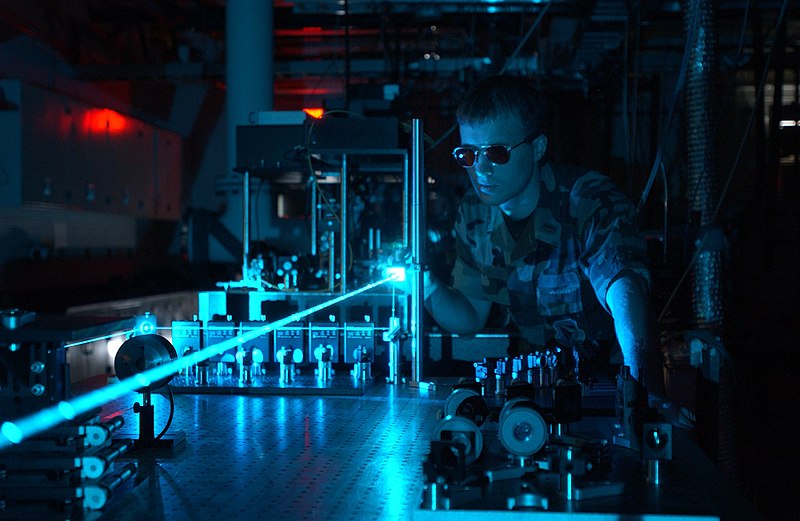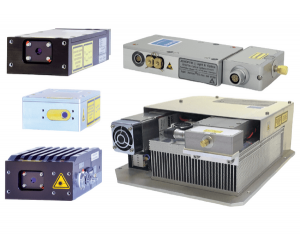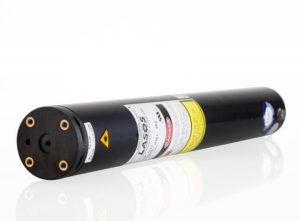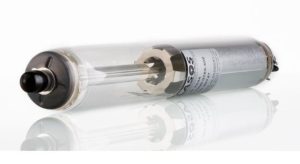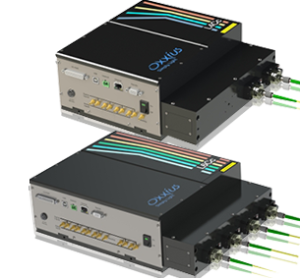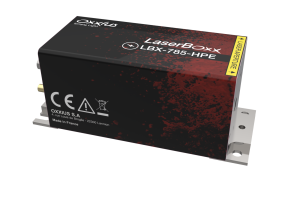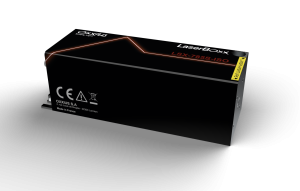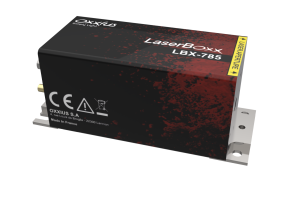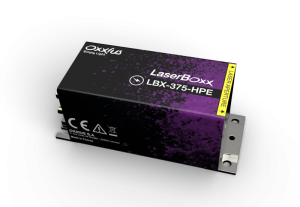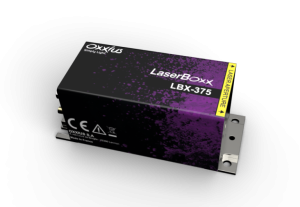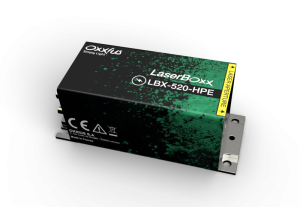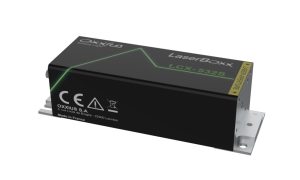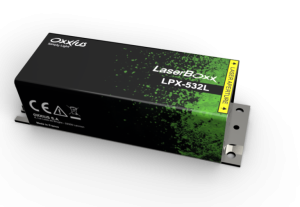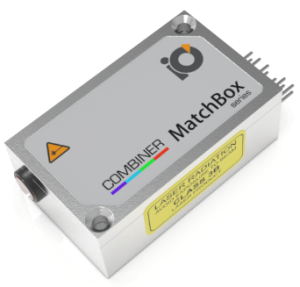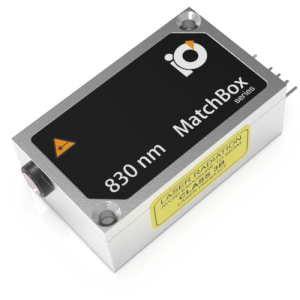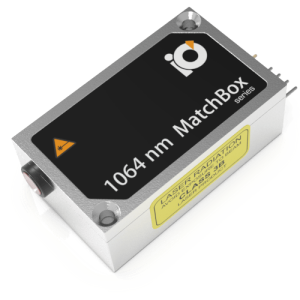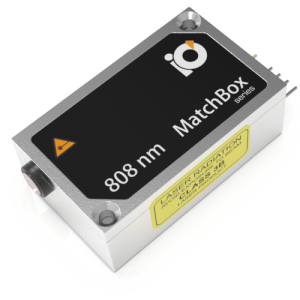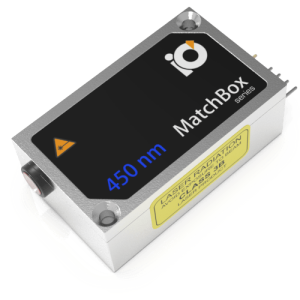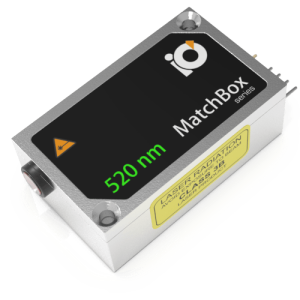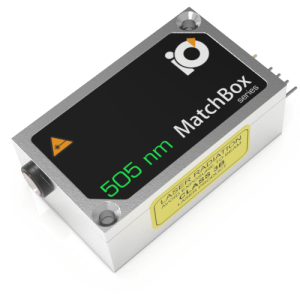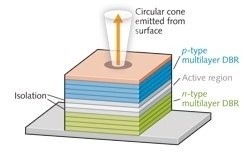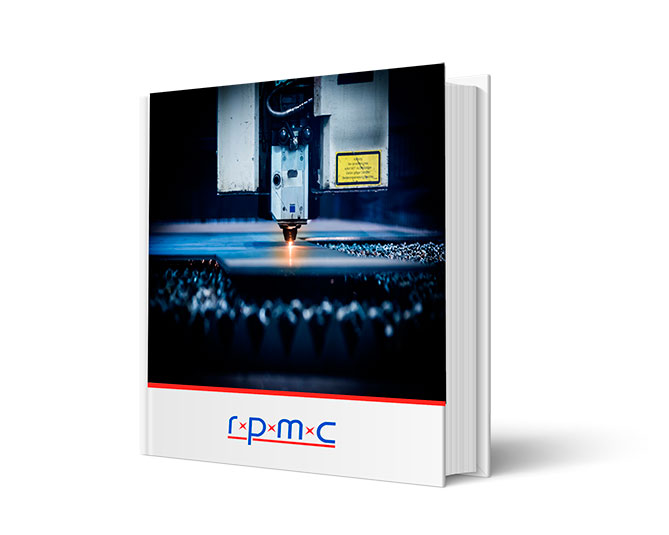The Collimated Beam Lasers We Offer:
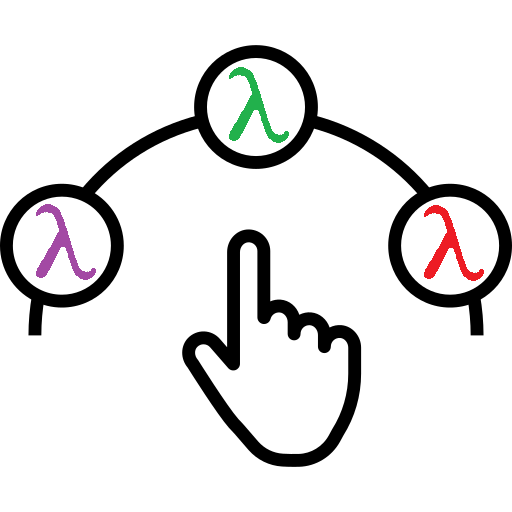
Precision & Stability Over Longer Distances in Many Wavelengths
-
- UV-NIR w/ narrow linewidth, stabilized & long coherence length options
- Low divergence maintains a steady beam diameter, critical for precise targeting applications
- Consistent beam quality supports stable performance across various distances

Enhanced Focusability for High-Precision Tasks
-
- Superior focusability for tasks like cutting, engraving, and medical procedures
- Increased beam control allows for detailed, precise industrial & medical applications
- Focused energy delivers improved efficiency and effectiveness in material processing

Versatile & Easy Integration Across Applications
-
- Suitable for diverse fields, from telecom to industrial to measurement & research
- Simplifies alignment in lab settings, allowing flexibility in complex optical setups
- Consistent, reliable beam quality supports critical research & experimental applications
For nearly 30 years, RPMC’s selection of Collimated Beam Lasers has set the standard for affordable precision across a wide range of applications, from defense to medical, industrial, and research with 1000’s of successful units in the field. We understand that every application has unique requirements, which is why our configurable platforms are designed to offer the perfect fit for your needs. As your partner, we’re here to guide you through the selection process, ensuring that your collimated beam laser integrates seamlessly into your existing systems. With time-tested technology that balances power and precision, we’re committed to supporting your success every step of the way.

 SHIPS TODAY
SHIPS TODAY 